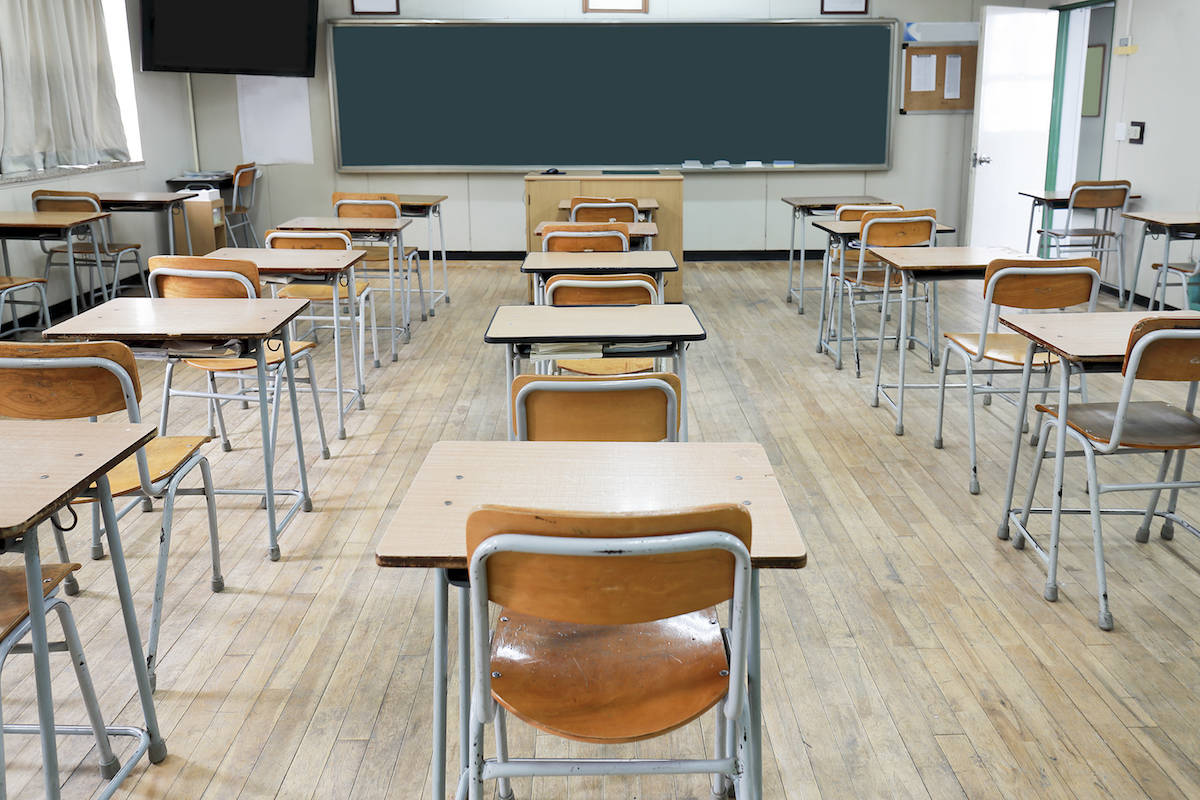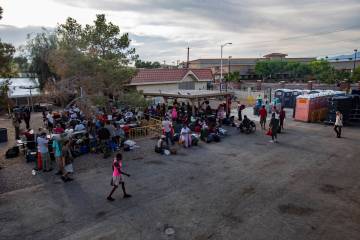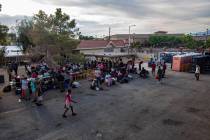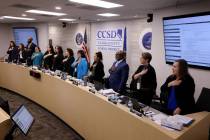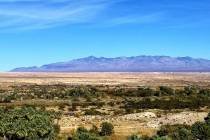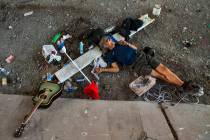EDITORIAL: School shutdowns created a missing generation
It will be difficult to fully calculate the damage done to students by prolonged school shutdowns. It will be hard enough simply to find the students who dropped off the educational map over the past year.
Distance learning was a challenge for many families. Parents had to juggle work schedules. Older siblings had to help younger ones instead of focusing on their own classes. The number of students failing a course increased dramatically in the Clark County School District.
Tragically, those weren’t the worst outcomes. Bellwether Education Partners estimated last fall that up to 3 million students hadn’t experienced any formal education since schools closed in March 2020.
Many districts saw drops in attendance. In October 2019, CCSD’s enrollment was 318,226 students. Last fall, enrollment dropped to 305,750, a 4 percent decline. In California, 160,000 students didn’t turn up this year. Los Angeles Unified School District, the country’s second-largest, lost around 22,000 students or 4 percent of its enrollment.
There are many possible explanations for the declines — and not all of them negative. Some parents may have decided to home-school without filling out the proper paperwork. Other parents may have opted to enroll would-be kindergarteners a year later. Other students undoubtedly went to private schools.
But many children around the country appear to have simply been lost in the shuffle. Politico recently interviewed Kristen Record, who teaches science in Connecticut. She estimated that around 10 percent of her students never showed up. “I have missing kids,” Record said. “Kids that are on my roster who I haven’t seen in weeks and are not going to pass my class.”
Some of those missing students may have lost touch because they didn’t have the tools necessary to participate in distance learning. Last June, the Boston Consulting Group estimated that 15 to 16 million schoolchildren didn’t have reliable access to a device and an adequate internet connection. In January, the same group estimated up to 12 million students still lacked those basic tools.
Nevada students had these same problems. Tens of thousands of students started the fall semester without a device or reliable internet connection. In January, Nevada Superintendent of Public Instruction Jhone Ebert finally announced that every Nevada student had a device and internet access.
The students who suffered the most from distance learning are those society is least likely to hear from. Keeping schools shuttered last August was a national tragedy and devastating for this potentially lost generation of students.



